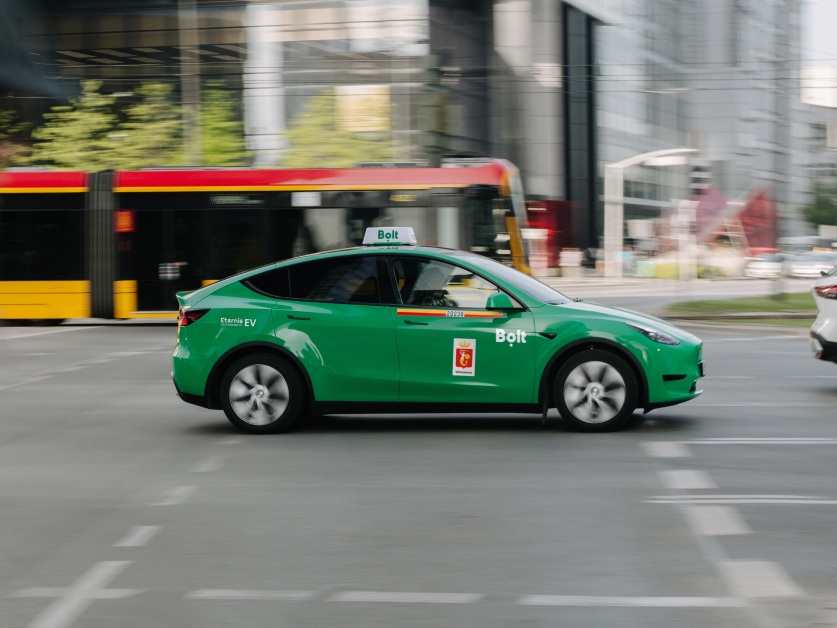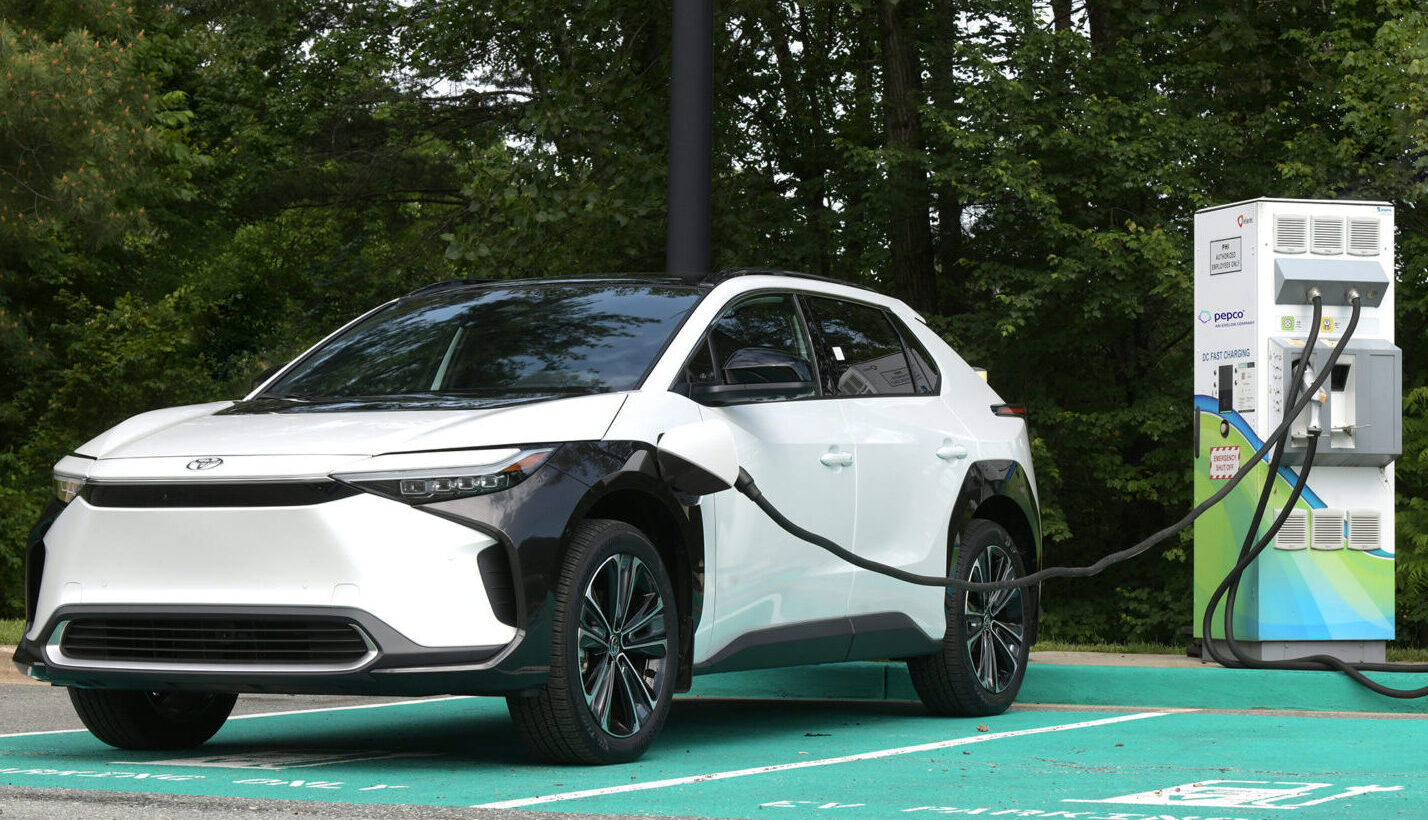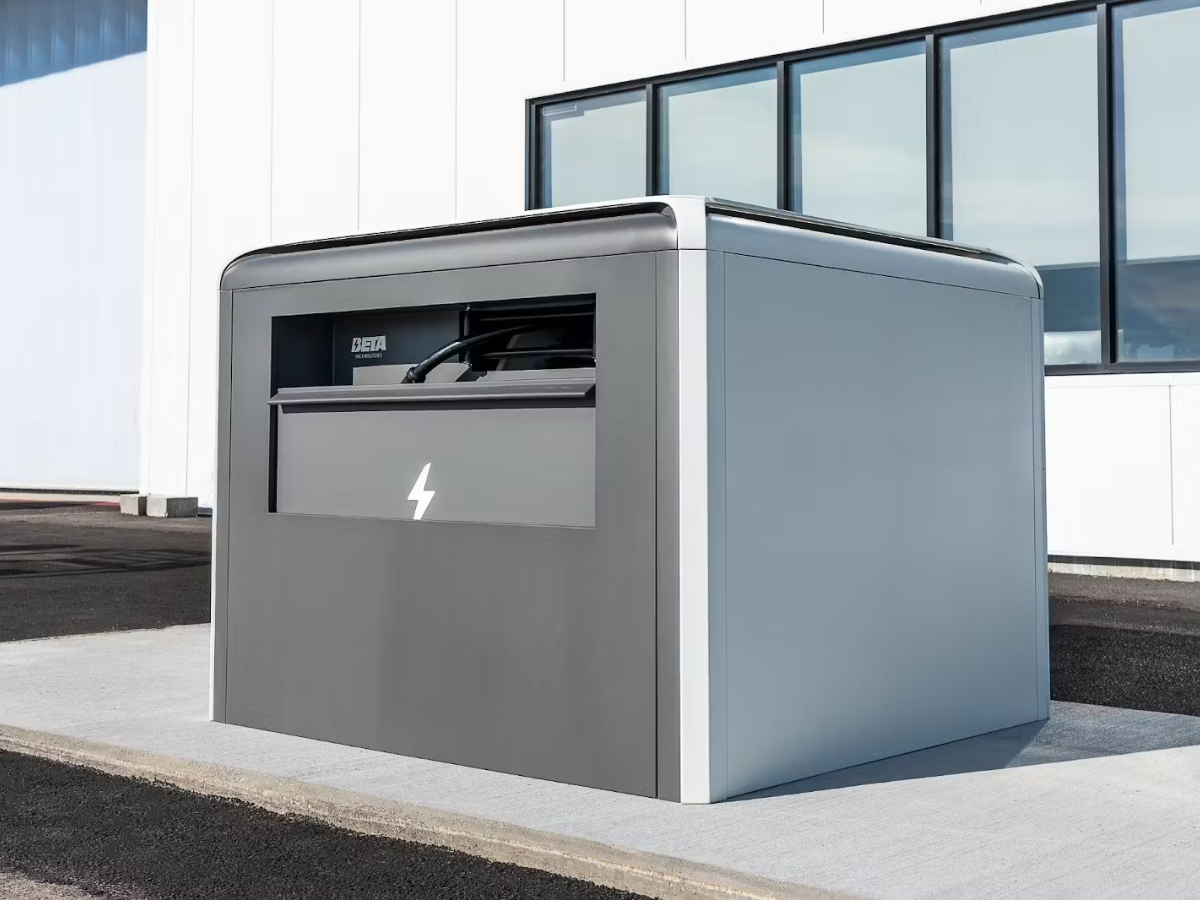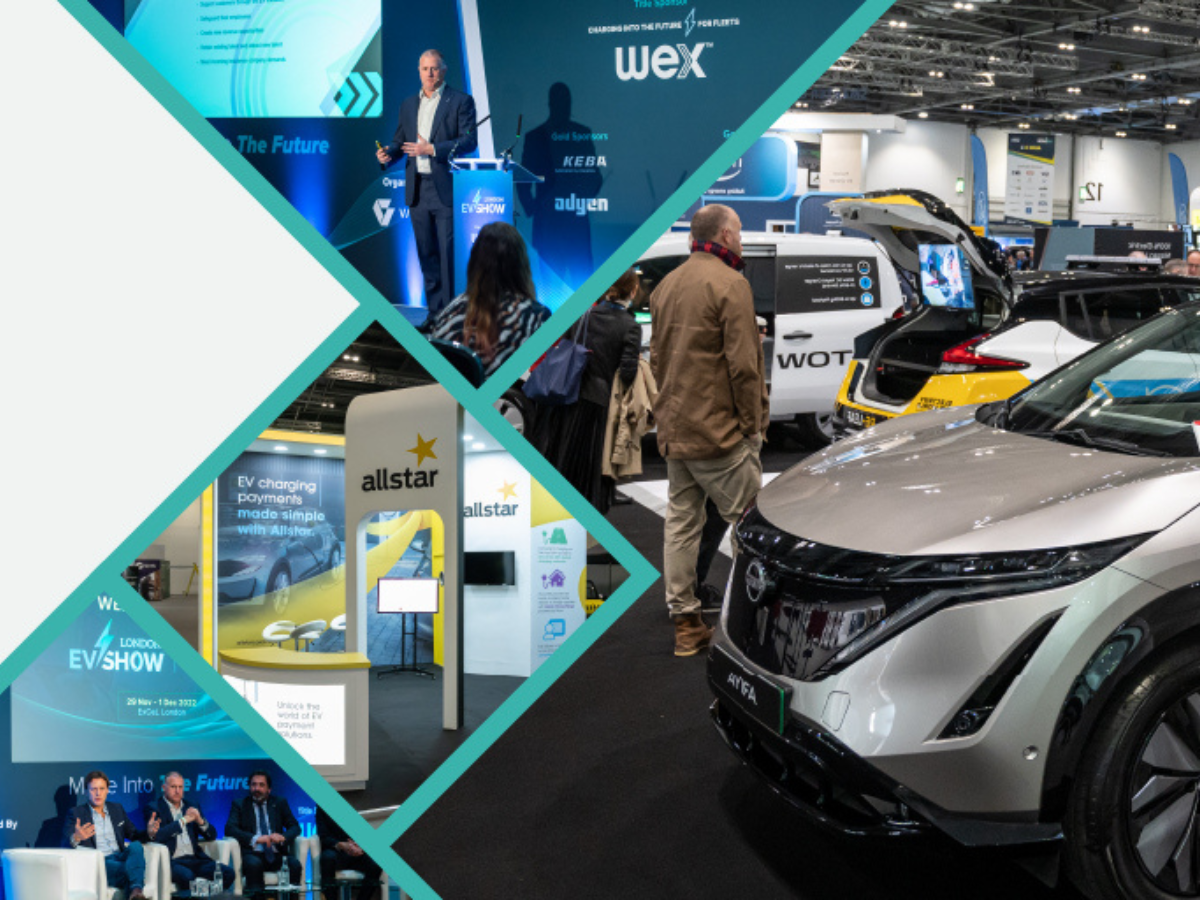Volvo Cars has launched a new Energy Solutions business that will conduct a vehicle-to-grid (V2G) pilot programme.
The new business aims to advance the wider climate potential of electric cars, such as their ability to power homes and appliances and return energy to the grid. This will support the transition to a more sustainable and efficient energy grid.

Volvo Cars Energy Solutions is a new business unit that will offer energy storage and charging-related technologies and services. For example, bi-directional charging allows an electric car to give back surplus battery power to the grid during peak hours, thus reducing the need for the grid to rely on fossil-generated electricity.
The electric EX90 SUV will be the first Volvo car equipped with the necessary hardware to enable bi-directional charging and energy storage from solar.
To leverage this capability, Volvo is partnering with Gothenburg’s grid company, Göteborg Energi Nät AB to launch its first V2G pilot programme.
This pilot will test V2G technologies on the local energy grid with real customers. It will use a low-cost AC wallbox with the view of helping accelerate widespread adoption of the technology.
Alexander Petrofski, the new head of Volvo Cars Energy Solutions said:With bi-directional charging, you can use your car battery as an extra energy supply, for example, to provide power to your home, other electric devices or another electric Volvo car. The next step would be to enable this feature all around Sweden, and hopefully that will pave the way for even broader acceptance of similar charging and energy storage services around Europe.
Volvo aims to be a fully electric car company by 2030, deploying millions of electric Volvo cars over the coming years. It predicts that the total battery capacity of this fleet will reach around 50 GWh by the middle of the decade.
Currently, Volvo’s data shows that the average daily drive in Europe uses less than 10 kWh of energy, while 90 percent of all daily drives use less than 20 kWh. As a result, electric cars will offer significant spare battery capacity.
Petrofski added:With the help of smart charging, you can charge your electric Volvo at the best available time from a sustainability and economy perspective. Now imagine you could use that energy later, perhaps during peak times when prices are higher and the energy mix less sustainable. The idea with building an energy ecosystem around your car and the batteries is that it allows you to save money and reduce your CO2 emissions, while energy firms benefit from reduced grid investments and a lower overall impact on the environment.
In addition to V2G applications, Volvo will also develop additional technologies through Volvo Cars Energy Solutions. This could include vehicle-to-home (V2H) products that can send energy to the customer’s home to help lower energy bills, as well as vehicle-to-load (V2L) services that can be used to power appliances such as camping gear or an electric bike.










